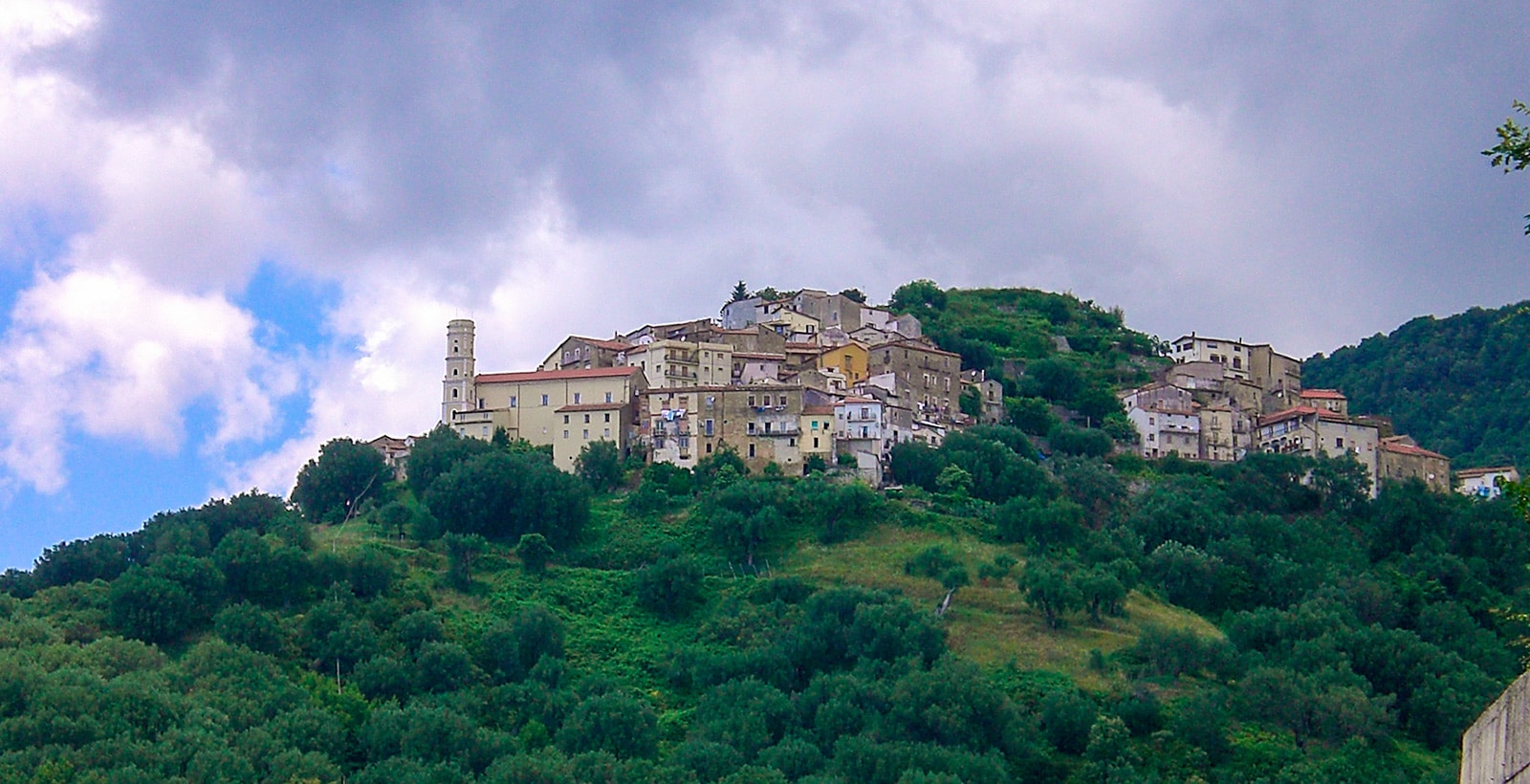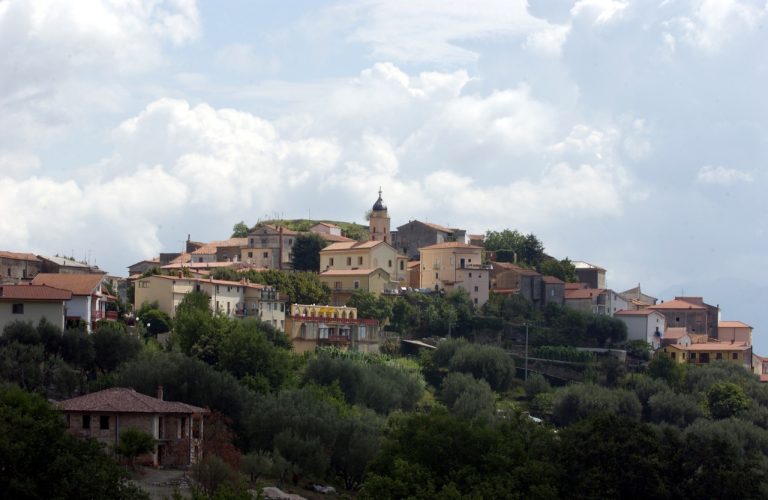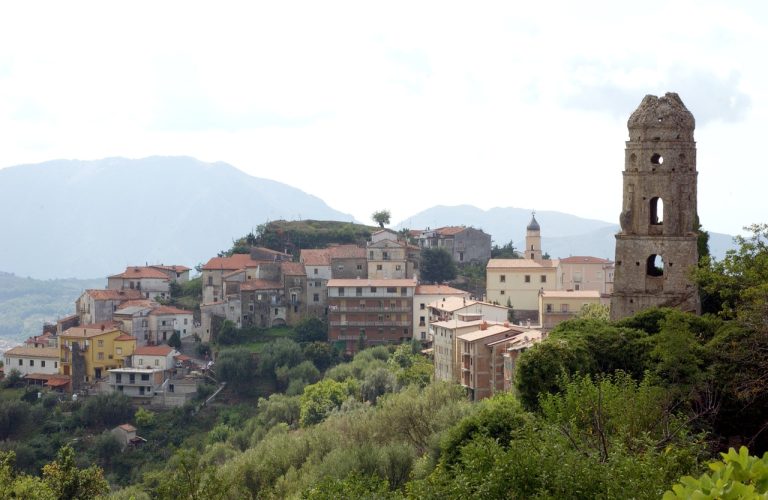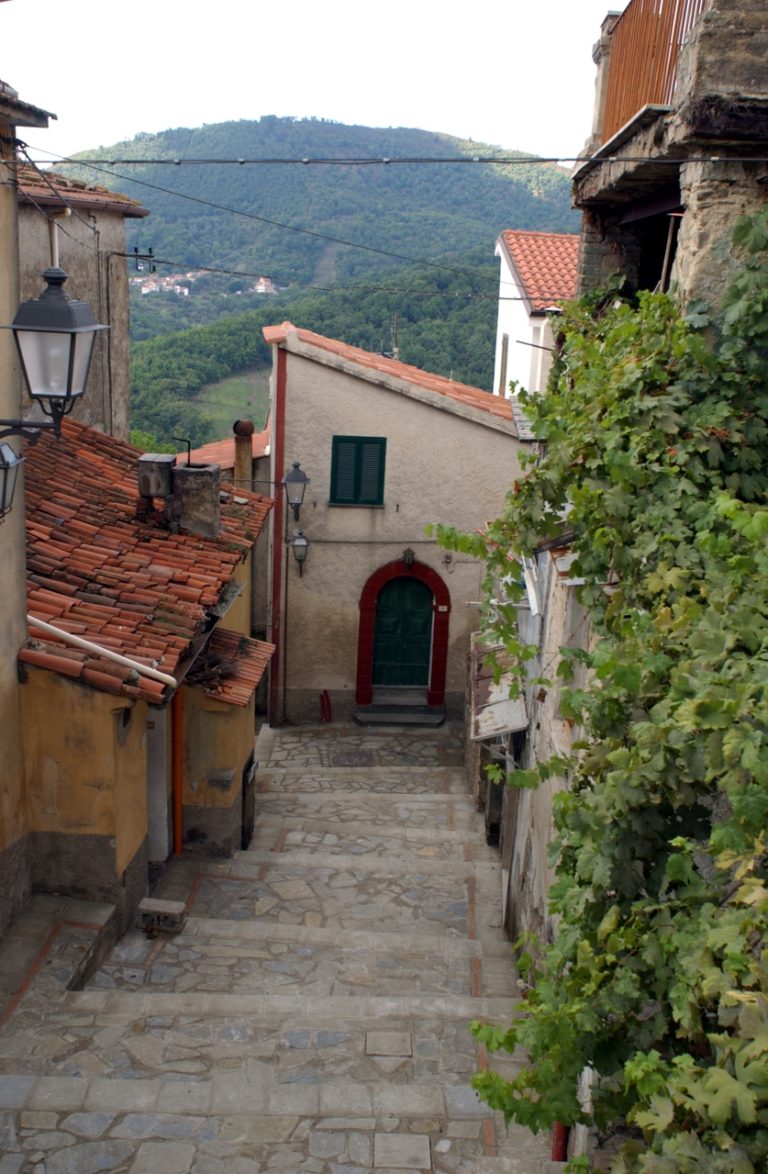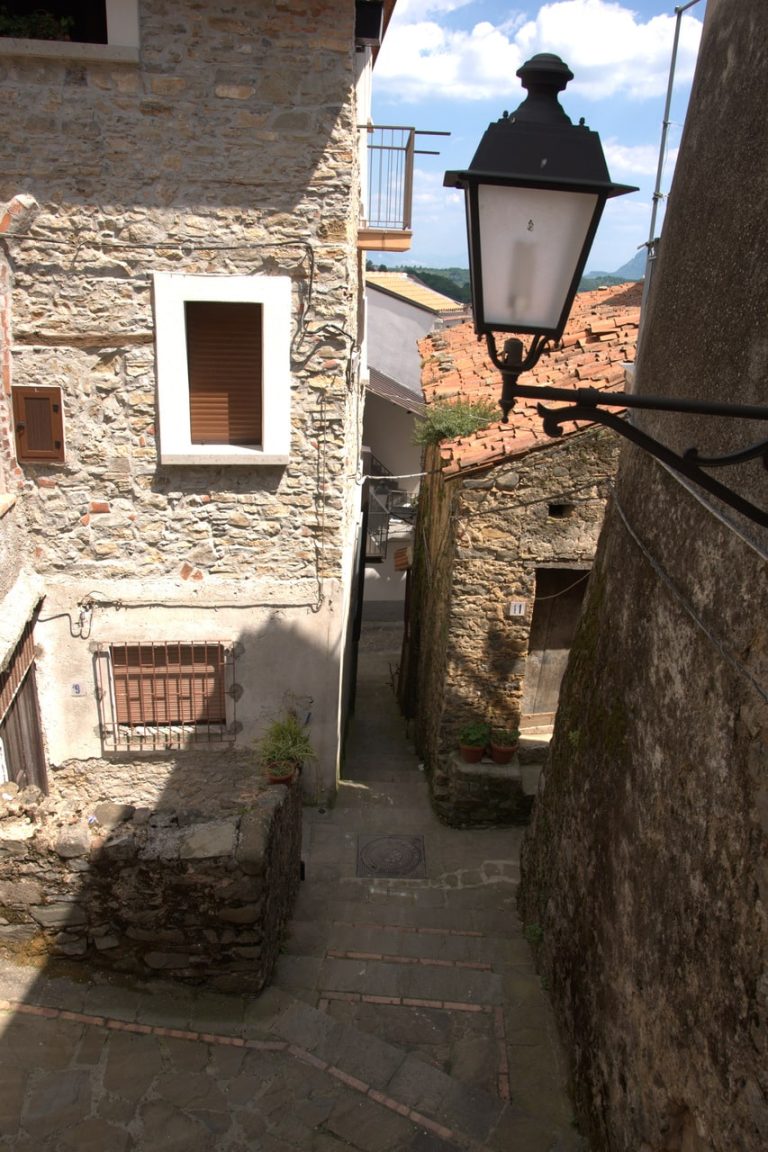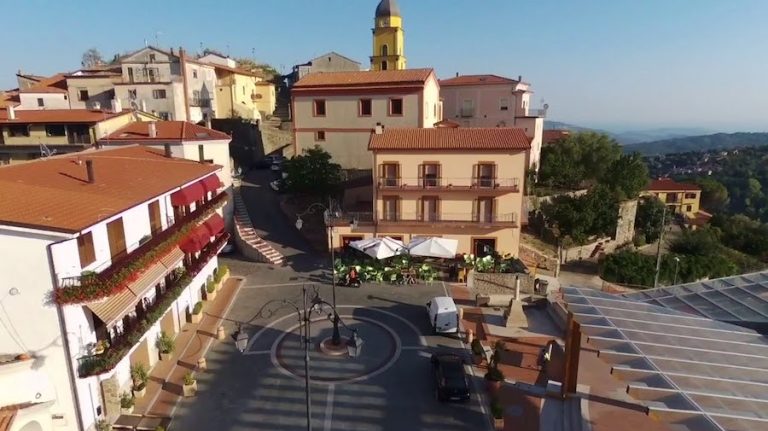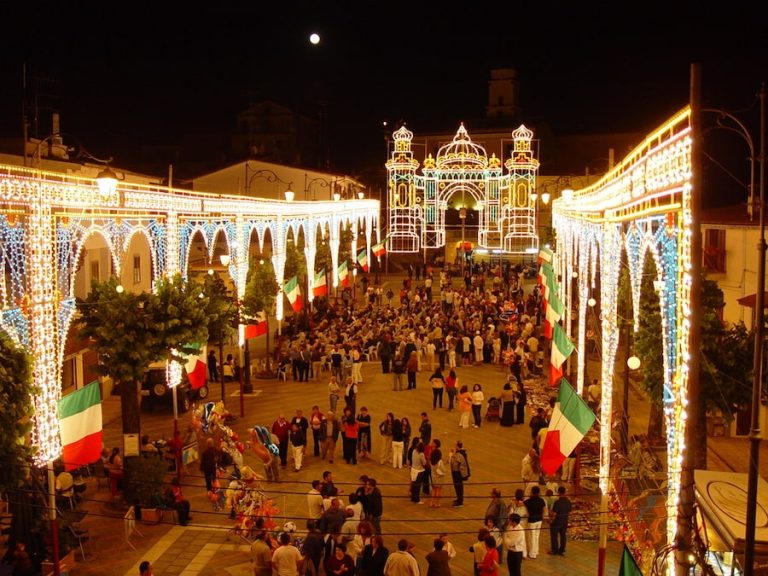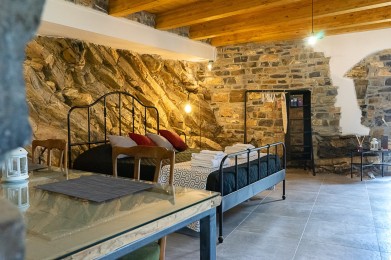A village between history and legend
The very name of Cuccaro Vetere evokes ancient roots: "Cuccaro" derives from the Greek kukkos, meaning "top," while "Vetere" from the Latin vetus, meaning "ancient." A name that alone suggests the strategic importance this place had in the past, as a point of observation and defense of the Cilento territory.
Over the centuries, Cuccaro Vetere was a refuge for Italic peoples, a Greek outpost linked to the city of Elea-Velia, then one of the four centers of the Norman barony of Novi. It was the scene of sieges, fires and looting. It is said that the village was burned seven times and that its inhabitants, in order to escape attacks, took refuge along the Sentiero degli Scalicelli, striking the invaders with stones from the top of the rocks. But it was a spy who betrayed them, leading the enemies to Mount Novi, from which the destruction of the village was consummated.
Architectures and landmarks
Cuccaro Vetere's identity is marked by a rich series of architectural emergencies:
-The Medieval Castle, of which suggestive ruins remain, once towered over the top of the town to defend the territory. From here alleys wind downward following the morphology of the land.
-The Church of St. Peter the Apostle, with its imposing bronze portal made by Mario Modica and a nave full of 18th-century works, including a precious statue of the patron saint.
-The Convent of St. Francis, commissioned in 1320 by Ilaria di Lauria and built - according to tradition - on the site where a mule refused to continue its journey because it was carrying a fragment of the Cross of Christ. The monastery, restored to its former glory, now houses an accommodation facility with twenty beds.
-The Chapel of the Assumption, in the heart of the village, preserves the Holy Wood, formerly a pilgrimage destination and the focus of a historical fair dating back to 1390.
-The Church of St. Therese of the Child Jesus, formerly dedicated to St. Leonard, restored and now the spiritual home of the Congregation of the Handmaids of St. Therese.
-The Chirico Arch, once a strategic gateway to the village, reveals the village's defensive past.
Peasant culture and daily life
Cuccaro Vetere is also a living memory of Cilento's peasant civilization. Along Via Salita Castello, Via Fausto Laviano and Via Convento, bourgeois palaces and aristocratic residences face each other, signs of an industrious community proud of its origins.
One example is "U Tuvolo," an ancient stone washhouse where women gathered until a few decades ago to wash clothes, exchange news and strengthen social ties. Today it is one of the most striking stops in the village.
Cuccaro's traditional cuisine is a journey into authentic flavors: fusilli with mutton ragout, roast lamb, chestnut and bean soups, homemade cured meats, cheeses such as ricotta and pecorino, and ancient sweets with curious names such as "suspiri," "viscuotti," and "taralli."
Events and folklore
Every summer, Cuccaro Vetere comes alive with popular events that celebrate its identity: Il Palio del Ciuccio, a donkey race through the alleys of the center, an ironic and affectionate tribute to the village's agricultural past, and Agruturist, a festival that transforms the village into a 19th-century village, including taverns, markets, artisans and tastings of typical products.
These events are not just tourist attractions, but moments of community that unite generations under the banner of memory and hospitality.
Nature and views
Nestled in the Cilento National Park, Cuccaro Vetere offers numerous possibilities for nature lovers. The Sentiero degli Scalilli (Scalilli Trail) leads through forests and breathtaking views, while the panoramic terrace in the Castello locality offers spectacular views of the Bulgheria and Cervati mountains and the gulfs of Policastro and Palinuro.
An open-air museum
Today Cuccaro Vetere presents itself as a widespread museum of Cilento rurality. A village that has never lost its connection with the land and welcomes visitors with the authenticity of the past, amidst silences, scents, memories and stories.
Those who come here discover a place where beauty is not only in the monuments, but in the harmony between man and landscape. Cuccaro Vetere is not visited: it is heard, breathed, lived.

